What Kills Bull Markets
We don’t think this record run is over yet — but we’re watching these signs.

The current bull market is the longest in history, but it has had some scrapes along the way. Some, such as the August 2015 “flash crash” in exchange-traded funds, were mere flesh wounds. Others, such as the late-2018 sell-off driven by concerns over rising interest rates and a U.S. trade war with China, drew serious blood. Standard & Poor’s 500-stock index slid 19.3%—just a hair above bear-market territory (generally defined as a 20% decline from a market’s peak).
“If it bleeds, we can kill it,” Arnold Schwarzenegger once noted. Okay, that’s not accepted Wall Street wisdom, it’s a line from the movie Predator, but the point stands. The bull market is mortal. Just because it has survived every challenge to date doesn’t mean that investors shouldn’t keep an eye on where things stand compared with conditions that have led to the demise of bulls past. Overall, the bull doesn’t appear to be in immediate danger, but the following factors are worth watching.
The economy
“Bull markets don’t die of old age. They die from fright,” says Sam Stovall, chief investment strategist at research firm CFRA. What investors fear is recession—a prolonged period of negative economic growth. About two-thirds of bear markets occur alongside recessions, with the market peak tending to precede the recession by six to nine months. Because consumer spending accounts for some 70% of U.S. economic growth, negative trends for consumers signal trouble, says Stovall. Consumer confidence tends to post year-over-year declines in the run-up to recession; housing starts have logged a double-digit decline from the previous year’s levels within three months of every recession since 1960.
From just $107.88 $24.99 for Kiplinger Personal Finance
Become a smarter, better informed investor. Subscribe from just $107.88 $24.99, plus get up to 4 Special Issues

Sign up for Kiplinger’s Free Newsletters
Profit and prosper with the best of expert advice on investing, taxes, retirement, personal finance and more - straight to your e-mail.
Profit and prosper with the best of expert advice - straight to your e-mail.
➜ Today: Those aren’t the only two recession indicators, of course, but they are two that point to current economic health. Consumer confidence rose 7.6% in February over the same month a year ago, according to the University of Michigan Survey of Consumers. Housing starts are solidly up from the previous year’s levels in the early going in 2020.
Inflation and the Fed
A worrisome sign for an aging bull: inflation, which erodes consumer buying power and whittles the value of financial assets. In the early 1970s, when the oil crisis shot energy prices sky-high, the prices consumers paid for goods soared by double-digit percentages, fueling a bear-market loss of 48.2% in the S&P 500 between January 1973 and October 1974.
Back then, the Federal Reserve hiked short-term interest rates in an attempt to tame inflation. But high rates also drive investors out of stocks and into higher-yielding fixed income investments that offer juicy returns with far less volatility than stocks. From late 1980 through mid 1982, with the Fed’s benchmark short-term interest rate at one time eclipsing 20%, the S&P 500 fell by 27.1%.
➜ Today: Inflation can’t seem to gain ground. Growth in the Consumer Price Index, a measure of consumer buying power, has hovered around a 2% rate since 2016. Kiplinger expects prices to rise at that rate in 2020, down from 2.3% in 2019. A sharp acceleration in the inflation rate, even to 3%, could force the Fed to bump up interest rates and should put investors on notice, says Doug Ramsey, chief investment officer at investment firm The Leuthold Group. Kiplinger expects the Fed to stand pat on rates for now, following a series of hikes in 2018 and three subsequent cuts in 2019.
Global shocks
Events that roil citizens have been known to roil markets as well. Investor anxiety over U.S. Cold War provocations in Cuba was at least partly responsible for the “Kennedy slide” in the stock market between late 1961 and early 1962, which saw the S&P 500 decline 28%. And much of the 19.9% broad market decline (practically a bear) in 1990 came shortly after President Bush said that Iraq’s invasion of Kuwait “cannot stand.”
➜ Today: Saber-rattling has dinged the market here and there in recent years, though the dip this past January following the U.S. strike on a prominent Iranian military leader barely registered: Stocks fell by only 0.7% and recovered in a week. In fact, the shocks from military provocations tend to be short-lived, says Stovall. Following 21 such events, going back to the attack on Pearl Harbor, the market has bounced back fully within 45 calendar days, on average.
A more pressing concern is the coronavirus outbreak, which has claimed thousands of lives and thrown a wrench into the Chinese economy and businesses that operate there. If it reaches the level of a global pandemic, the resulting slowdowns in production and consumer demand could cripple global economic growth, says Mike Ryan, investing chief at financial services firm UBS. But if it plays out the way recent outbreaks have, the market won’t stay under the weather for long. In the 30 days following the first U.S. case in each major outbreak since 2003, the S&P 500 has posted positive returns, according to CFRA.
Overvaluation
Stocks trading expensively relative to corporate measures such as earnings, sales or cash flow tend to revert to their historical mean. That isn’t to say that stocks trading at high prices are imminently headed for a bear market, but the more inflated a bubble gets, the more likely it is to pop. By the turn of the millennium, for example, investors had bid the prices of technology stocks through the roof. In March 2000, the median tech stock in the S&P 500 traded at 79 times earnings over the previous 12 months, and many prominent online firms sported no earnings at all. When the firms failed to live up to their phony fundamentals, the tech sector crashed, dragging the broad market along with it to the tune of a 49% loss.
➜ Today: By many measures, stocks are expensive. Stocks in the S&P 500 trade at just over 18 times estimated year-ahead earnings, compared with an average multiple of 16.7 over the past five years and nearly 15 over the past decade. Large-company tech stocks are once again leading the charge, trading at a premium P/E of 22, on average. But that doesn’t come close to the stratospheric levels seen in the last tech wreck, and the likes of Apple and Microsoft are established firms with a track record of profitability.
Investors should put valuations in economic context, says UBS’s Ryan. At the currently low levels of inflation and unemployment, Ryan would expect stocks to trade between 18 and 22 times year-ahead earnings. “We don’t think the market is cheap, but it’s definitely not overvalued,” he says.
Profit and prosper with the best of Kiplinger's advice on investing, taxes, retirement, personal finance and much more. Delivered daily. Enter your email in the box and click Sign Me Up.

Ryan joined Kiplinger in the fall of 2013. He wrote and fact-checked stories that appeared in Kiplinger's Personal Finance magazine and on Kiplinger.com. He previously interned for the CBS Evening News investigative team and worked as a copy editor and features columnist at the GW Hatchet. He holds a BA in English and creative writing from George Washington University.
-
 Nasdaq Leads as Tech Stages Late-Week Comeback: Stock Market Today
Nasdaq Leads as Tech Stages Late-Week Comeback: Stock Market TodayOracle stock boosted the tech sector on Friday after the company became co-owner of TikTok's U.S. operations.
-
 Disney’s Risky Acceptance of AI Videos
Disney’s Risky Acceptance of AI VideosThe Kiplinger Letter Disney will let fans run wild with AI-generated videos of its top characters. The move highlights the uneasy partnership between AI companies and Hollywood.
-
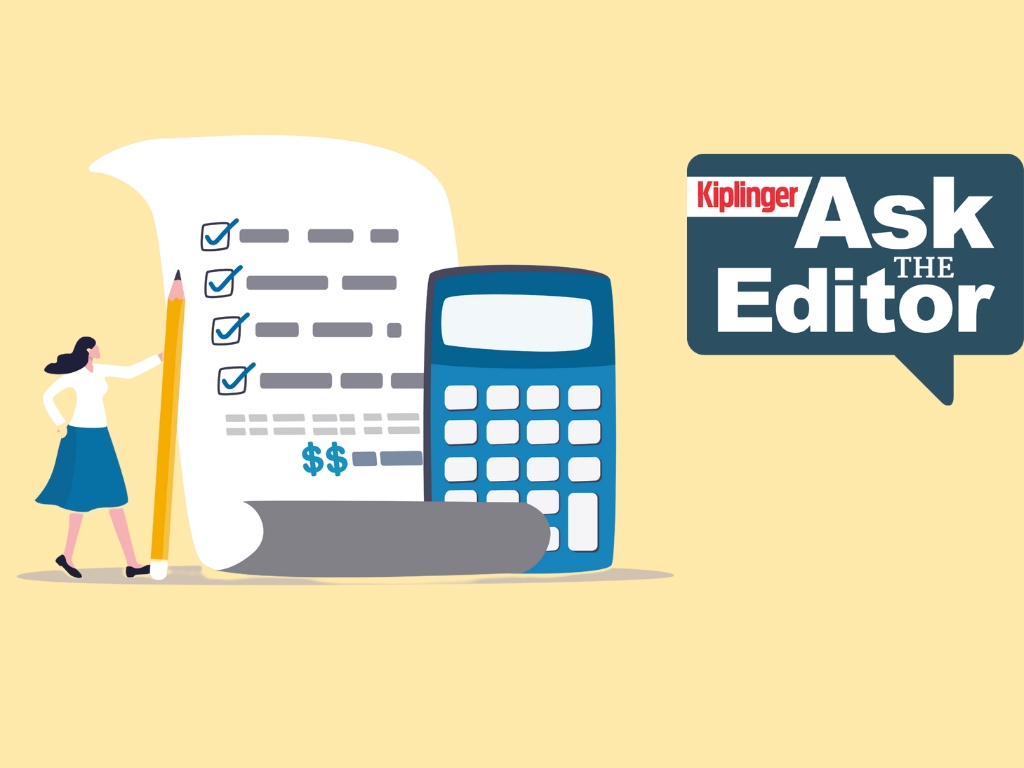 Ask the Editor: Itemized Deductions
Ask the Editor: Itemized DeductionsAsk the Editor In this week's Ask the Editor Q&A, Joy Taylor answers questions on itemized deductions claimed on Schedule A of Form 1040
-
 What the Rich Know About Investing That You Don't
What the Rich Know About Investing That You Don'tPeople like Warren Buffett become people like Warren Buffett by following basic rules and being disciplined. Here's how to accumulate real wealth.
-
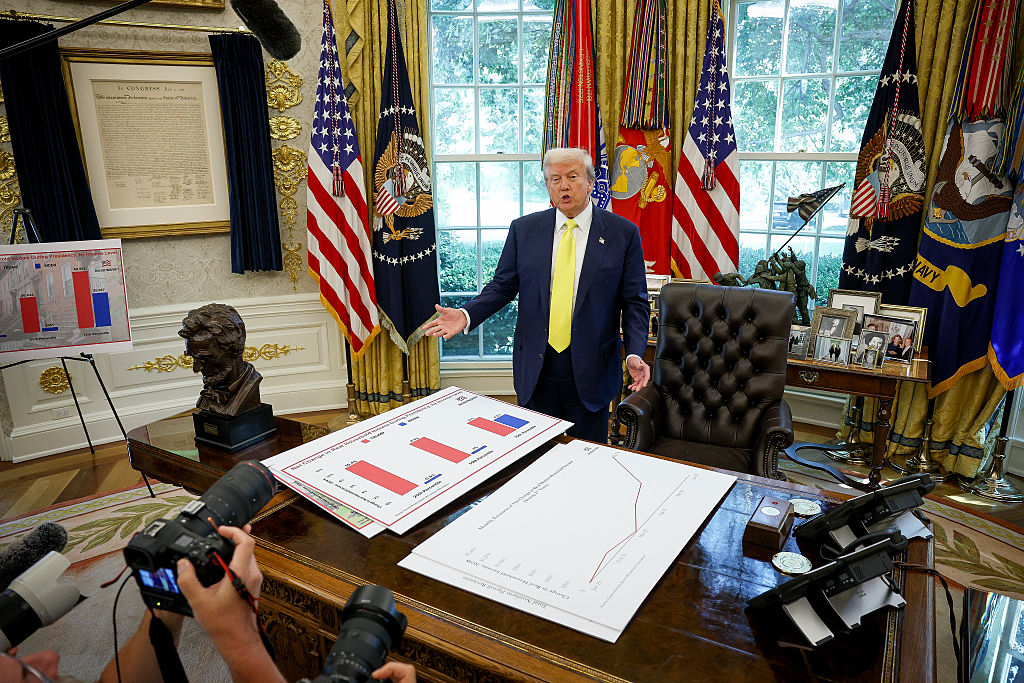 How to Invest for Rising Data Integrity Risk
How to Invest for Rising Data Integrity RiskAmid a broad assault on venerable institutions, President Trump has targeted agencies responsible for data critical to markets. How should investors respond?
-
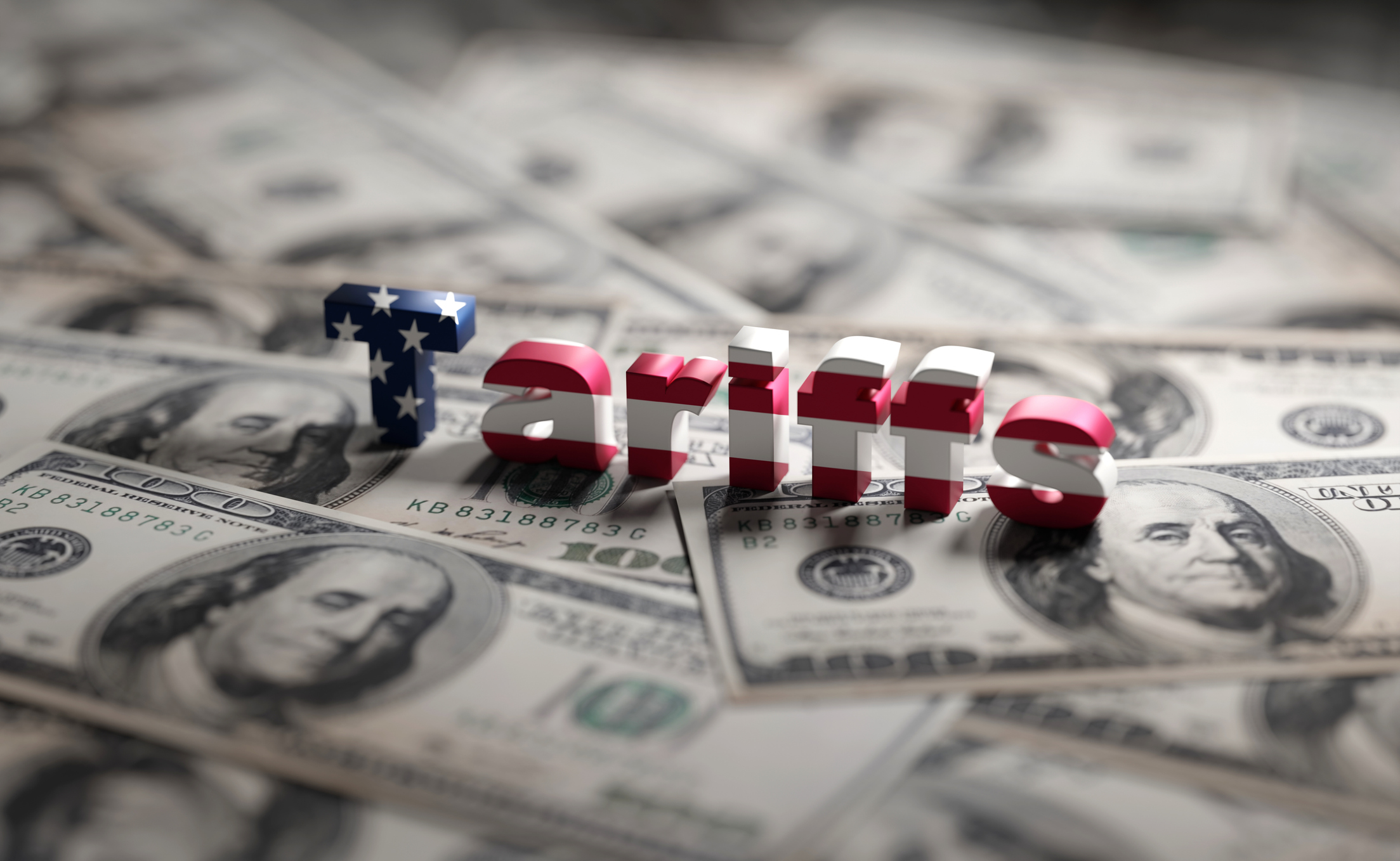 What Tariffs Mean for Your Sector Exposure
What Tariffs Mean for Your Sector ExposureNew, higher and changing tariffs will ripple through the economy and into share prices for many quarters to come.
-
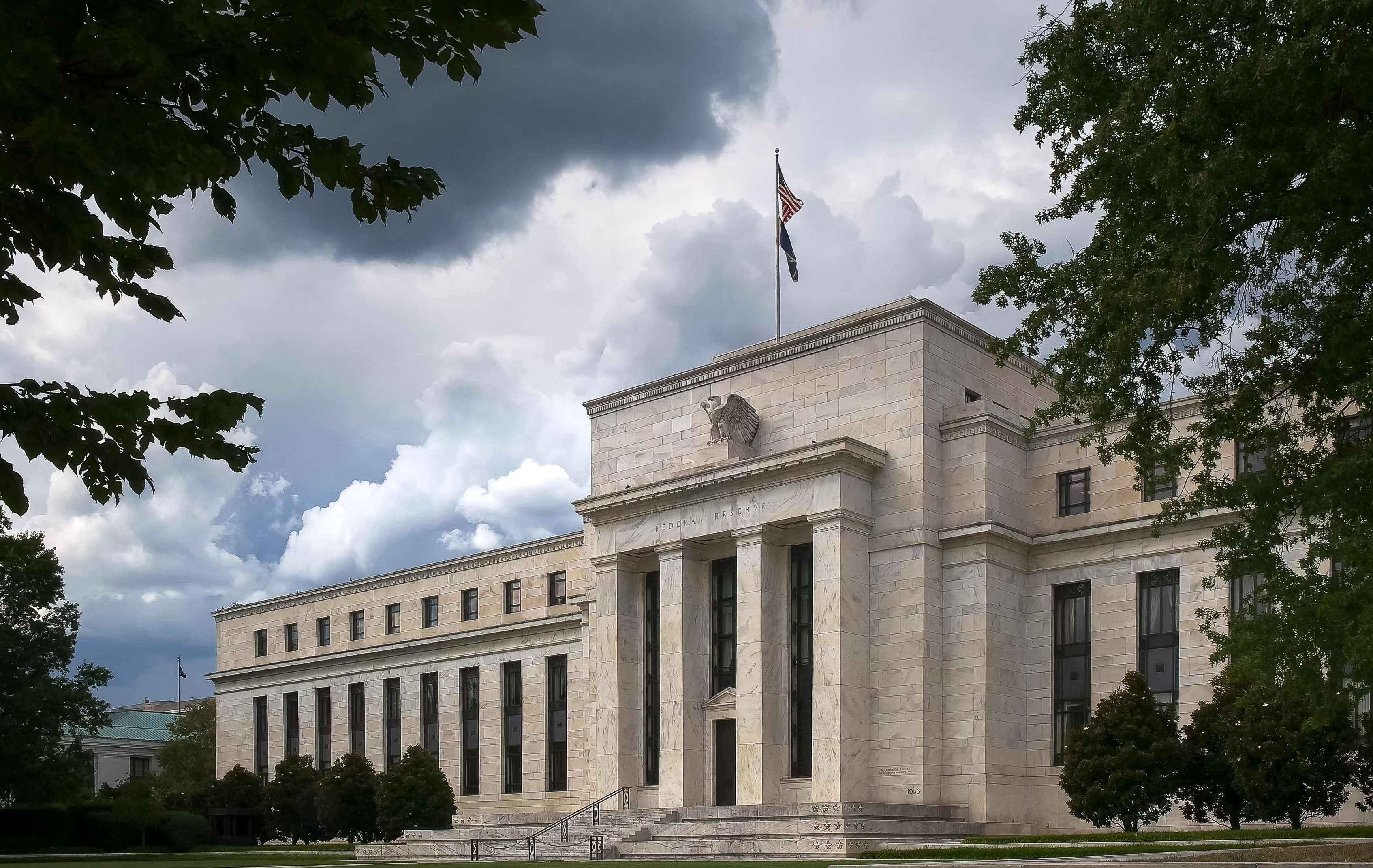 How to Invest for Fall Rate Cuts by the Fed
How to Invest for Fall Rate Cuts by the FedThe probability the Fed cuts interest rates by 25 basis points in October is now greater than 90%.
-
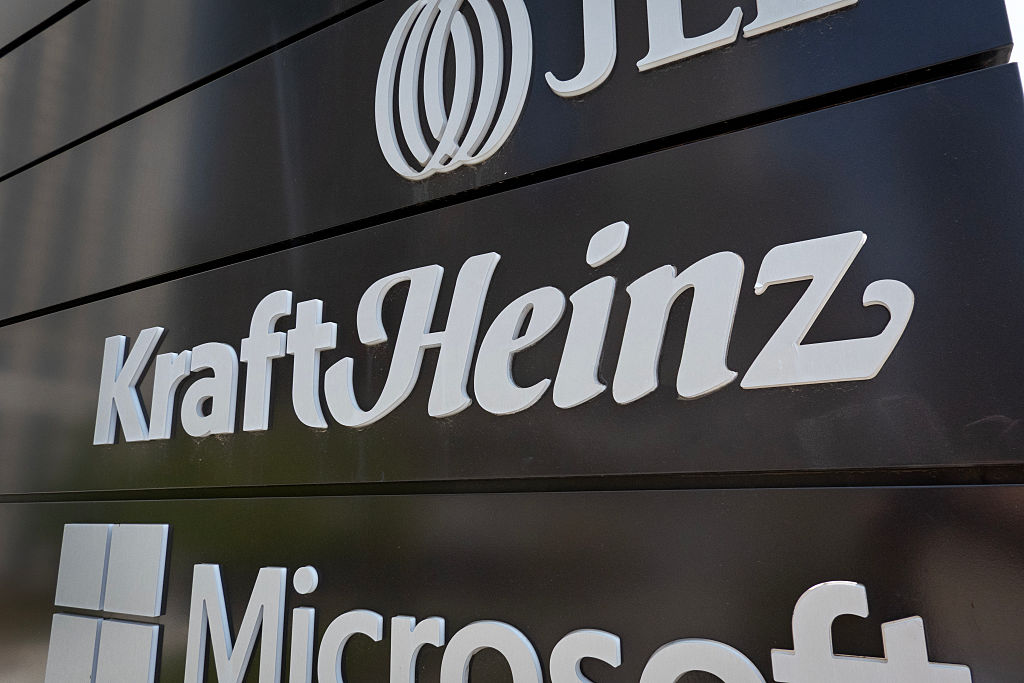 Are Buffett and Berkshire About to Bail on Kraft Heinz Stock?
Are Buffett and Berkshire About to Bail on Kraft Heinz Stock?Warren Buffett and Berkshire Hathaway own a lot of Kraft Heinz stock, so what happens when they decide to sell KHC?
-
 How the Stock Market Performed in the First 6 Months of Trump's Second Term
How the Stock Market Performed in the First 6 Months of Trump's Second TermSix months after President Donald Trump's inauguration, take a look at how the stock market has performed.
-
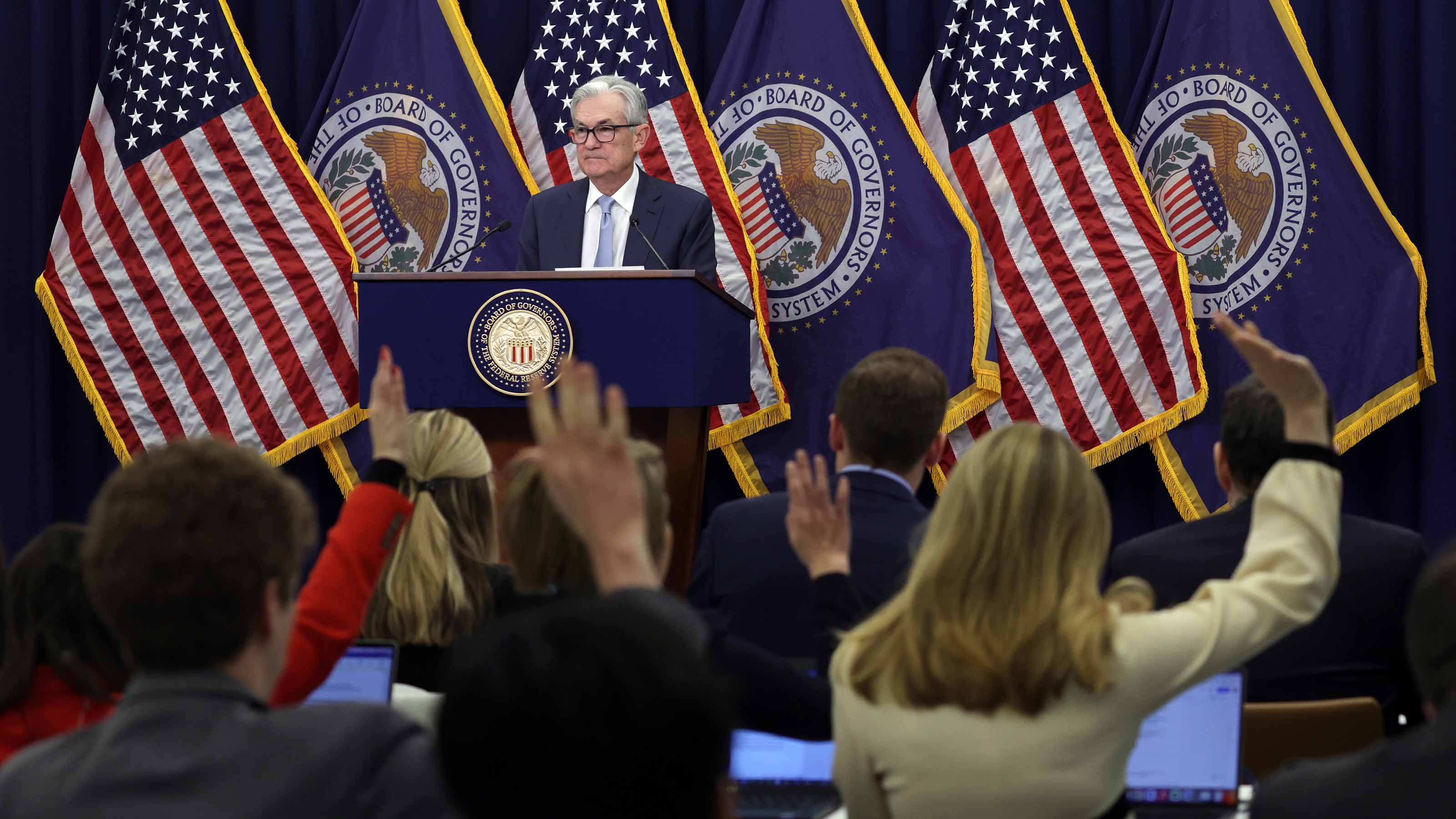 Fed Leaves Rates Unchanged: What the Experts Are Saying
Fed Leaves Rates Unchanged: What the Experts Are SayingFederal Reserve As widely expected, the Federal Open Market Committee took a 'wait-and-see' approach toward borrowing costs.
-
 Fed Sees Fewer Rate Cuts in 2025: What the Experts Are Saying
Fed Sees Fewer Rate Cuts in 2025: What the Experts Are SayingFederal Reserve The Federal Reserve cut interest rates as expected, but the future path of borrowing costs became more opaque.